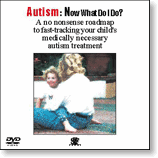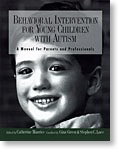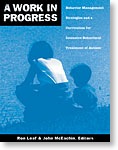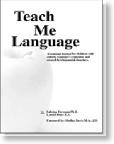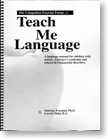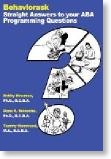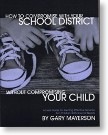Autism and the Role of Music
04/09/11 10:05
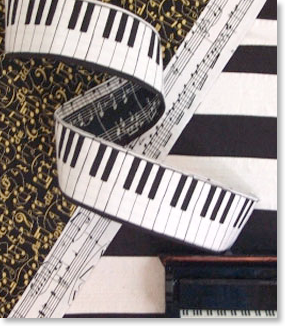
If you have a child who appears to be musical, I would suggest that you teach him or her an instrument. The beauty of music is that it can be very reinforcing, repetitive and predictable. Our kids with autism can often outperform their typically developing peers if they have a modicum of talent.
How to teach music? It is simple if you use behavioral techniques. If your child is in an intensive behavioral treatment program, learning the instrument becomes another program. Here are some techniques that I’ve observed (these techniques are all rooted in the literature on ABA, but applied to music). I would suggest that for a child with autism, the easiest instrument with which to begin is piano primarily because it is easy to create a pleasing sound from the instrument. Piano is relatively easy to teach through imitation exercises. In addition, reading music can be taught in much the same way as one would teach a child with autism to learn the alphabet; in this case, the flash cards have notes (and time signatures etc.) on them instead of letters. Discrete trial training and discrimination training are significantly relied upon in the beginning. In addition, backwards chaining is a good way to teach piano pieces, since many children with autism are taught to finish in order to earn the reinforcement. I recently learned that many musicians teach typically developing children using a backward chaining technique as well.
The key to successfully teaching the child is finding a very open-minded piano teacher who is happy to work alongside an ABA therapist. Once the teacher gets over the fact that using abstract analogies does not work as a teaching tool for children with autism, the learning can begin! A flexible piano teacher will soon internalize the behavioral techniques applied to learning piano and the therapist will no longer need to attend lessons. At the beginning, the child may have difficulty following instructions. For example, a talented child with autism may have very firm ideas about how a given piece should end; however, the child will have to learn and accept that one must play the piece as it is written e.g., Bach’s Minuet in G Major must end on G below middle C, rather than an octave above because that’s how Bach wrote the piece! Over time, the structure of music will help the child excel and the ability to play one instrument may often be generalized to other instruments. In addition to personal enjoyment, music also creates a socially acceptable, group leisure activity. From playing an instrument, to playing and modifying music tracks on a computer using an attached piano keyboard, 'MIDI' interface and composition software, the potential for leisure activities is high. In addition, through music the child can participate in structured activities with other children including school bands and orchestras.
I’d like to suggest that working on an innate strength, as well as all the autism related deficits, is a very good idea. Music not only establishes the child’s competence amongst his or her peers, it also can provide much happiness to the child with autism. In the rare case where the child has perfect pitch, this ability may, additionally, have employment potential (in terms of musical transcription). Some thoughts about when to start: make sure the child has mastered simple imitation skills, is somewhat compliant and seems to enjoy music. In addition, some would argue that it is not a good idea to teach the child to read music until the child has mastered reading (decoding) his/her mother tongue.
Good luck on this project, and enjoy the music!

